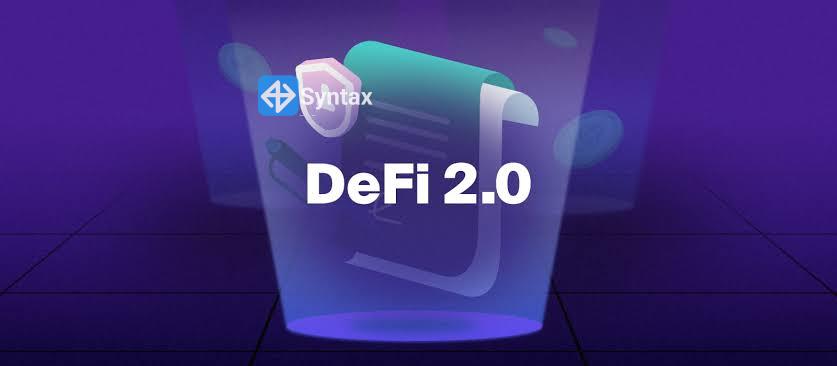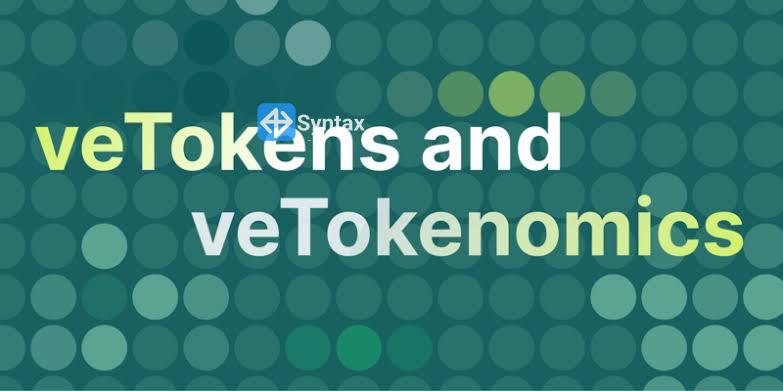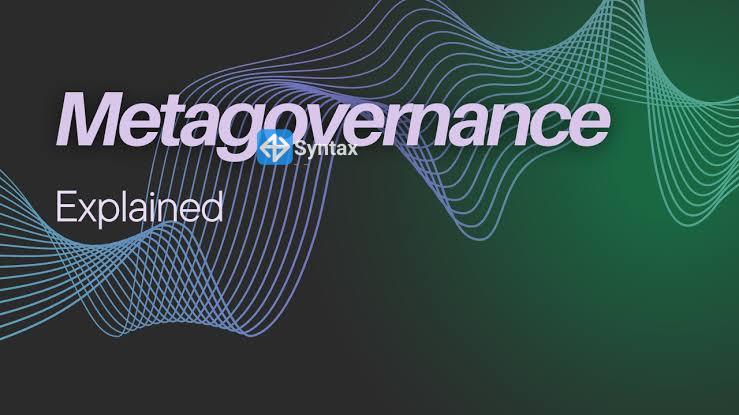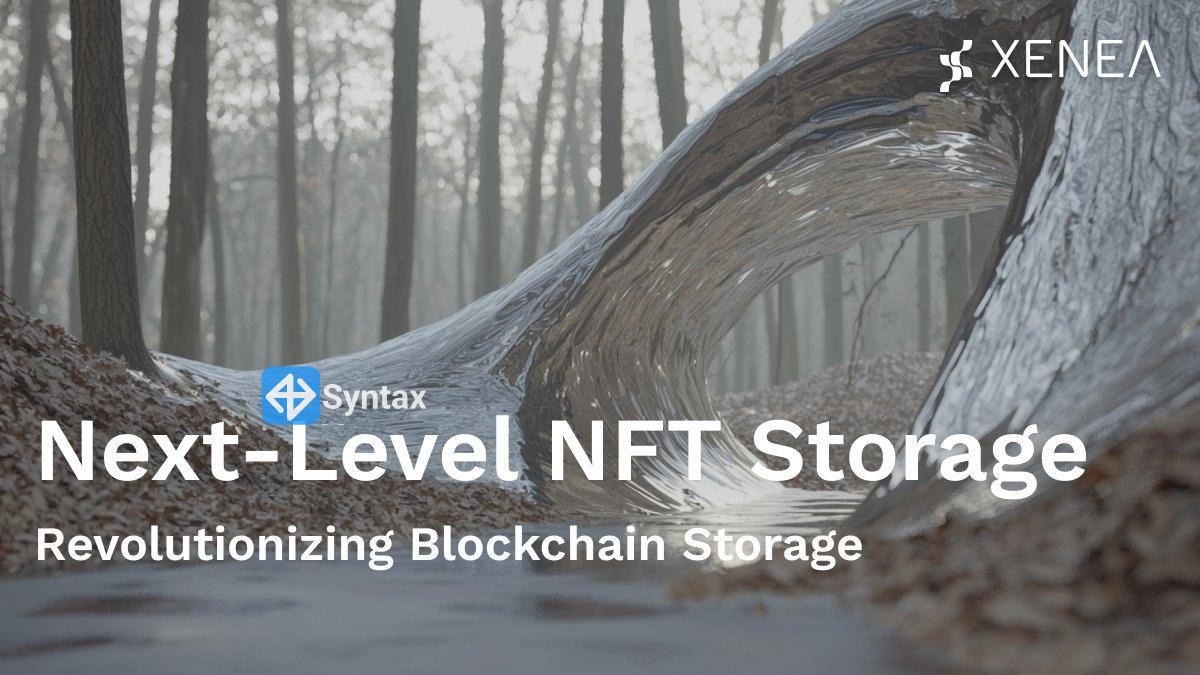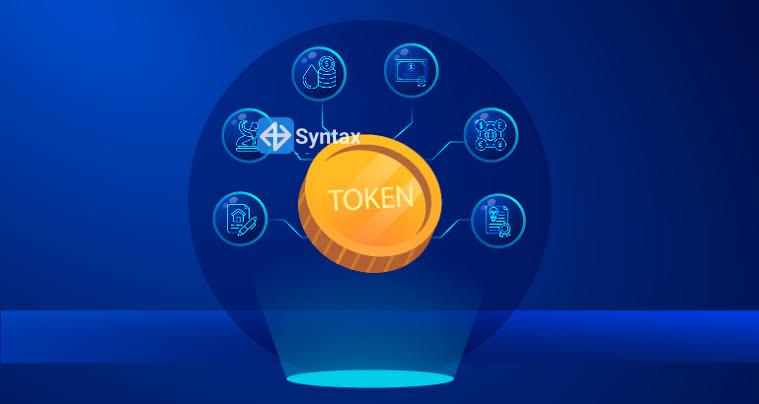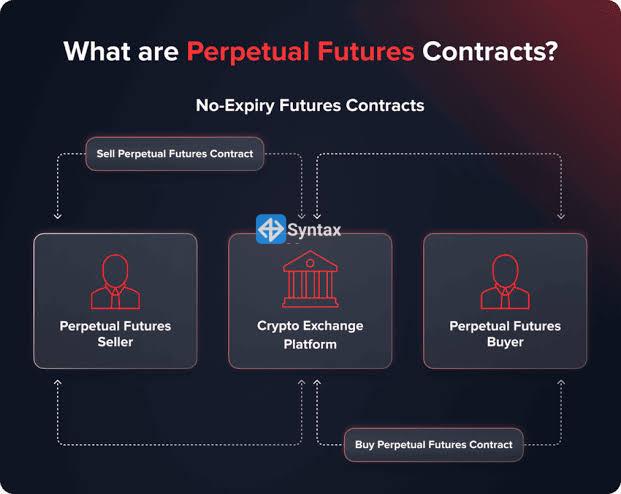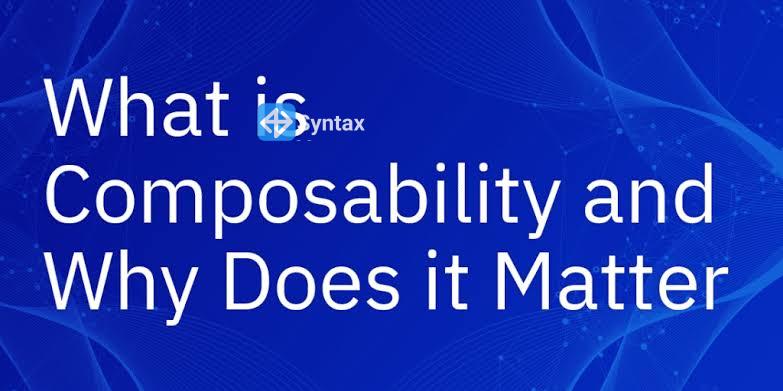It emphasizes protocol sustainability, composability, and capital efficiency.
Key improvements and features of DeFi 2.0:
Improved Capital Efficiency:
DeFi 2.0 focuses on optimizing how capital is used within the ecosystem. This includes dynamic liquidity provision, where liquidity can be adjusted based on market demand to maximize yields for liquidity providers.
Sustainable Yield Farming:
Unlike the often short-lived incentivization models of DeFi 1.0, DeFi 2.0 seeks to create sustainable yield protocols with algorithmic adjustments and carefully designed economic models.
Decentralized Governance:
While DeFi 1.0 had governance features, DeFi 2.0 aims to improve participation through mechanisms like community-owned liquidity pools, giving users more direct control over the protocols they use.
Interoperability and Cross-Chain Transactions:
DeFi 2.0 protocols are designed to be interoperable, allowing for seamless transactions across different blockchain networks, addressing the limitations of the earlier models.
Addressing Liquidity Issues:
A major focus of DeFi 2.0 is to improve liquidity, including mitigating risks like impermanent loss and exploring alternative approaches to liquidity provision.
Risk Management:
DeFi 2.0 protocols are designed with improved risk management strategies to protect users from potential losses and enhance overall protocol security.
In essence, DeFi 2.0 represents an evolution of the decentralized finance space, striving for greater efficiency, sustainability, and user-friendliness while building upon the foundations laid by DeFi 1.0.
